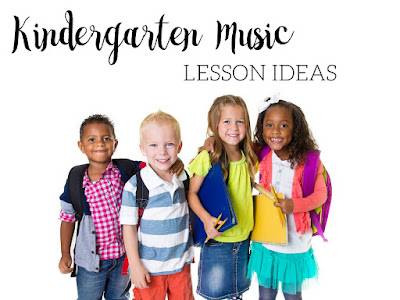Hello and Happy Fall!
This is Tanya from Teaching Music: Tanya's Kodály Aspiring Blog.
I really love this "late-Autumn" time of year.
However, I was at the grocery store the day after Halloween, and guess what, it’s Christmas! I went to Starbucks: yes it’s Christmas there, too. I made a trip to Target, you guessed it, more Christmas! “But wait !" I want to shout, “I want more fall! What about Thanksgiving? Winter doesn't even start until December 21st!" (sigh.)
Yes, I know there’s not much commerce in Thanksgiving beyond buying a turkey and trimmings, but let’s give a little love to this grateful holiday.
Today I'm sharing a couple of turkey themed songs and games that I include in my lessons the week before Thanksgiving.
Thanksgiving Day
This is a fun, simple song I sing with 1st graders. (If I taught kindergarteners I would share it with them, too.) After performing this short little song for the students, I pull out my autoharps and have the students down strum on the steady beat. One student can strum with a pick while the other changes chords between FM and CM.
I recently acquired six cardboard dulcimers from another school, (yay!,) and we will be using them in 1st grade with this song. I can't wait!
Turkey Turkey Gobbler
This is a wonderful song to prep re or practice the do pentatonic scale. Additionally, there's a bonus vocal exploration opportunity for students.
(I love to sneak that in whenever possible 😉!)
The students and I have discovered that the best way to imitate a turkey gobble is by rapidly flipping the tongue back and forth across the top lip while making a sustained high pitch. (Hurray for the head voice!)
Turkey Ensemble Time:
Before the game we practice our gobbles by watching and responding to the conductor, first with the teacher as conductor and then a student conductor. This a fun way for the class to practice watching for cues, cut-offs, and dynamics.
Game Time:
My 3rd graders love playing this "Marco Polo" style game where the "farmer" is blindfolded and must call "Turkey!" while the turkey responds with a gobble. The action begins after everyone sings the song.
Literacy Time:
This song is a fine re practice song, especially with the half note re emphasis in the second measure. My students body sign solfa in 1st and 2nd grade and begin hand signs at the beginning of 3rd grade. This is a fun and simple song for them to utilize their hand signs while singing.
Other re practice ideas:
- Highlight the re s on the SMARTboard on on individual worksheets.
- Sing in solfege and inner-hear re.
- Play the melody on barred instruments.
- Use the last measure of Turkey Turkey Gobbler to transition to another excellent re song, Frosty Weather, by changing the rhythm:
I hope you and your students have a lovely Thanksgiving.























.jpg)






